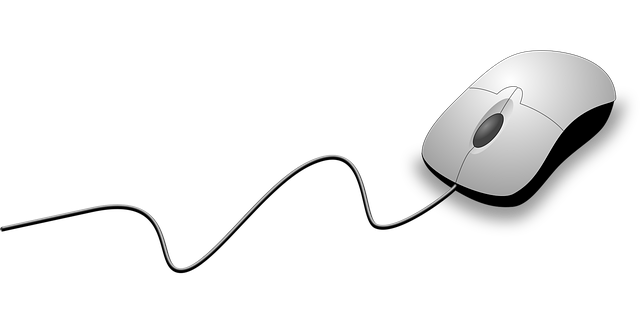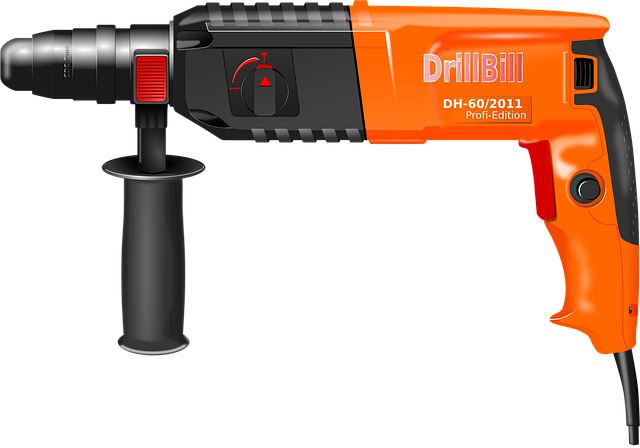Uncovering system bottlenecks requires strategic approaches and specific Select Diagnostic Tools. These tools profile processes, monitor network activity, analyze resource utilization, detect errors, and provide insights for optimizing performance in diverse systems, from healthcare sensors to environmental monitors. Advanced analytics and visualization platforms enhance these efforts by identifying trends in vast datasets.
Uncovering hidden system bottlenecks is crucial for optimizing performance and efficiency. This comprehensive guide explores five powerful diagnostic tools to help you identify and address these roadblocks. From profiling tools that pinpoint slow processes, to monitoring software revealing network bottlenecks, and benchmarks exposing CPU and memory limitations, each section provides actionable insights. Debuggers assist in tracing errors and deadlocks, while data analytics visualize system performance. Select the right tools to navigate and overcome these hidden hurdles.
- Identify Slowest Processes Using Profiling Tools
- Analyze Network Bottlenecks with Monitoring Software
- Uncover CPU and Memory Limitations via Benchmarks
- Trace Errors and Deadlocks in Code with Debuggers
- Visualize System Performance using Data Analytics
Identify Slowest Processes Using Profiling Tools

Uncovering system bottlenecks requires a strategic approach, and one of the initial steps is to identify the slowest processes using profiling tools. These tools act as powerful diagnosticians, providing insights into the performance of various components within a complex system. By simulating real-world conditions, they help pinpoint specific areas that are causing delays or serving as bottlenecks.
Selecting the right diagnostic tools is crucial for accurate and efficient identification of issues. Advanced profiling software can capture intricate details about system behavior, including time taken by each process, resource utilization, and dependencies. This data is invaluable when analyzing large-scale systems, especially in healthcare settings where miniature medical sensors and digital diagnostics for chronic conditions play a pivotal role. For instance, gastrointestinal diagnostic tools leverage these techniques to uncover slow processing times in patient data analysis, ensuring faster and more accurate diagnoses.
Analyze Network Bottlenecks with Monitoring Software

Identifying network bottlenecks requires a strategic approach, and one powerful tool in this process is monitoring software. These tools are designed to analyze data flow within a system, providing insights into potential roadblocks or weaknesses. By selecting the right diagnostic tools, organizations can uncover hidden issues that may be hindering performance. Monitoring software offers real-time visibility into network activity, allowing IT teams to pinpoint areas of congestion and inefficiencies.
In today’s digital landscape, where online health assessment platforms and oncology diagnostic aids are becoming increasingly prevalent, ensuring optimal system performance is critical. Genetic testing kits and other advanced technologies rely on robust networks for accurate results. Utilizing monitoring software, businesses can proactively manage their infrastructure, enhance overall system health, and streamline operations, ultimately leading to improved user experiences and efficient data processing.
Uncover CPU and Memory Limitations via Benchmarks

Identifying CPU and memory limitations within a system requires strategic benchmarking approaches. By utilizing specialized testing equipment, such as diagnostic tools designed for environmental health monitors, professionals can gain insights into performance bottlenecks. These tools facilitate in-depth analysis of resource utilization, enabling the discovery of areas where the CPU or memory is underperforming.
Through benchmark testing, organizations can uncover hidden inefficiencies that may hinder overall system performance. By employing personalized medicine diagnostic tools, IT specialists can tailor their assessments to specific applications and workflows, ensuring a comprehensive understanding of resource constraints. This data-driven approach allows for informed decision-making regarding hardware upgrades or process optimizations, ultimately enhancing the environmental health and stability of critical systems.
Trace Errors and Deadlocks in Code with Debuggers

Uncovering system bottlenecks often requires delving into the code’s inner workings to identify errors and deadlocks. Here’s where diagnostic tools, like debuggers, become invaluable assets. These tools allow developers to trace and pinpoint issues in real-time, enabling them to analyze complex systems without disrupting their operation. By selecting the right diagnostic tools, such as those suited for embedded systems or specific domains like otolaryngology screening equipment or water purification analysis, developers can efficiently navigate intricate codebases.
Modern debuggers offer advanced features like step-by-step execution, variable monitoring, and memory profiling, making it easier to identify bottlenecks caused by inefficient algorithms or resource management issues. Moreover, they facilitate the detection of rare events, such as deadlocks, which are crucial for ensuring system stability. Even in miniature medical sensors or other compact systems, these tools prove essential, allowing developers to optimize code for performance and reliability.
Visualize System Performance using Data Analytics

Visualizing system performance through data analytics is a powerful strategy to uncover hidden bottlenecks in any process or system. By selecting the right diagnostic tools, organizations can gain valuable insights into their operations. These tools often involve advanced analytics and visualization platforms that help identify performance gaps, inefficiencies, and potential areas for improvement. With the ability to process vast amounts of data, these systems can reveal trends and patterns that might otherwise go unnoticed.
When it comes to identifying bottlenecks in complex systems, such as water purification processes or even miniature medical sensors, data analytics plays a pivotal role. Symptom checking applications, for instance, can provide real-time feedback loops, allowing professionals to quickly assess and address issues. By utilizing these diagnostic tools effectively, businesses and researchers can streamline their operations, enhance efficiency, and ultimately improve overall system performance.
By employing a strategic combination of diagnostic tools, from profiling software to data analytics, developers can efficiently uncover system bottlenecks holding their applications back. This holistic approach enables quick identification of performance chokepoints, whether they’re network-related, CPU-intensive, or memory-constrained. Armed with this knowledge, teams can prioritize optimizations, enhance efficiency, and deliver smoother user experiences. When selecting diagnostic tools, the key is to choose those that seamlessly integrate with your development environment and provide actionable insights for informed decision-making.
